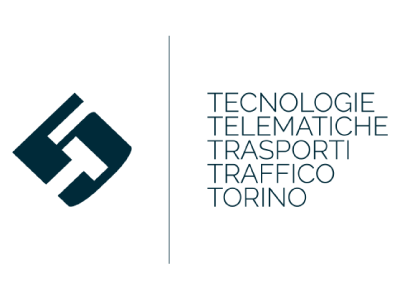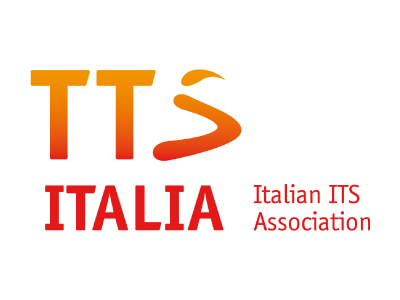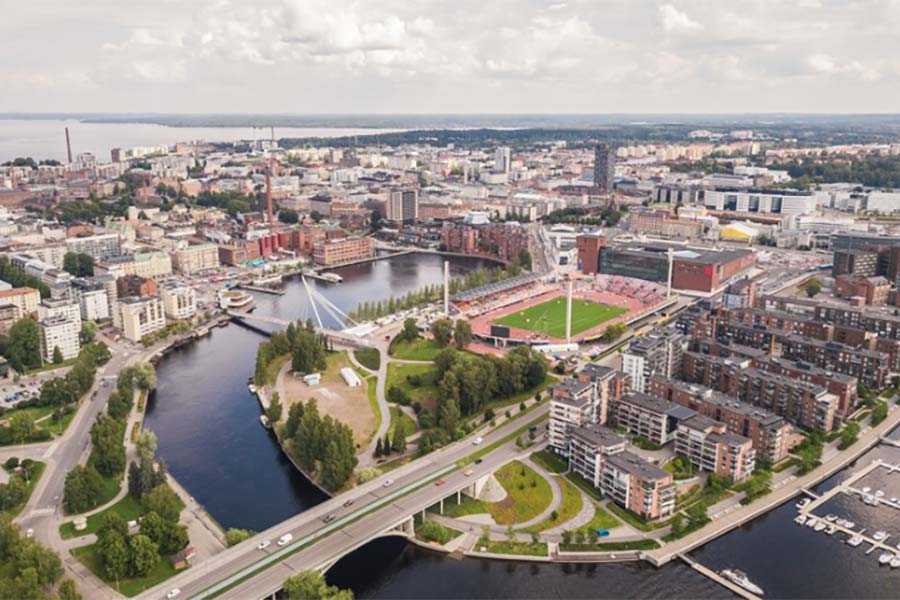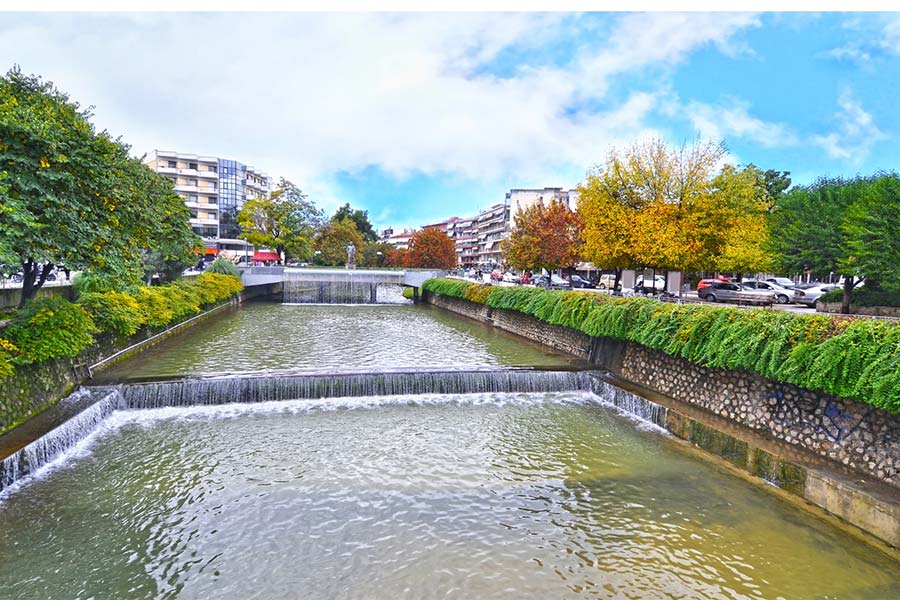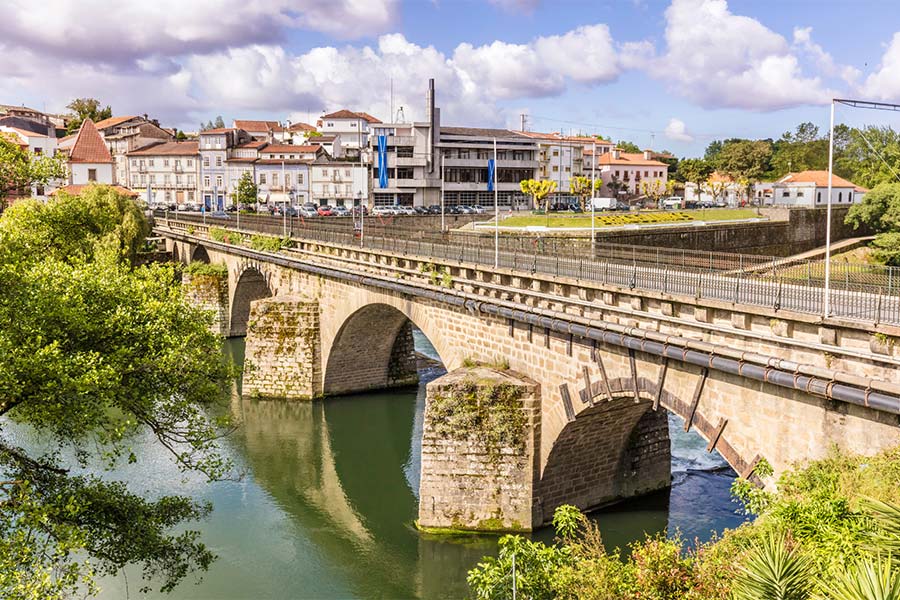Our Living Labs
Turin (Italy)


Vehicles
1 automated minivan of SAE level 3
for at least 10 people
Duration
1 month of set up
and 2 months of operation
Partners
Use Case:
Dynamic Traffic Management
This LL will cooperate with different actors (vehicle manufacturers, telco, research bodies, etcetera) to bring CCAM into mixed traffic, implementing C-ITS services. This use case will address warnings about the presence of Urban Vehicle Access Restriction Areas (UVAR), optimized routes, parking availability, optimal speed to elude traffic congestion and dedicated lanes for public and private CCAM traffic.
Objectives
- Complete an urban CCAM eco-system for the city of Turin.
- Apply and demonstrate new traffic management strategies supported by the CCAM eco-system to balance traffic flow.
- Simulate and evaluate the impacts on the road network of traffic management strategies in different connected, autonomous vehicles (CAV) adoption scenarios.

See other Living Labs

Tampere (Finland)
Trikala (Greece)
Vigo (Spain)

See also follower Living Labs


